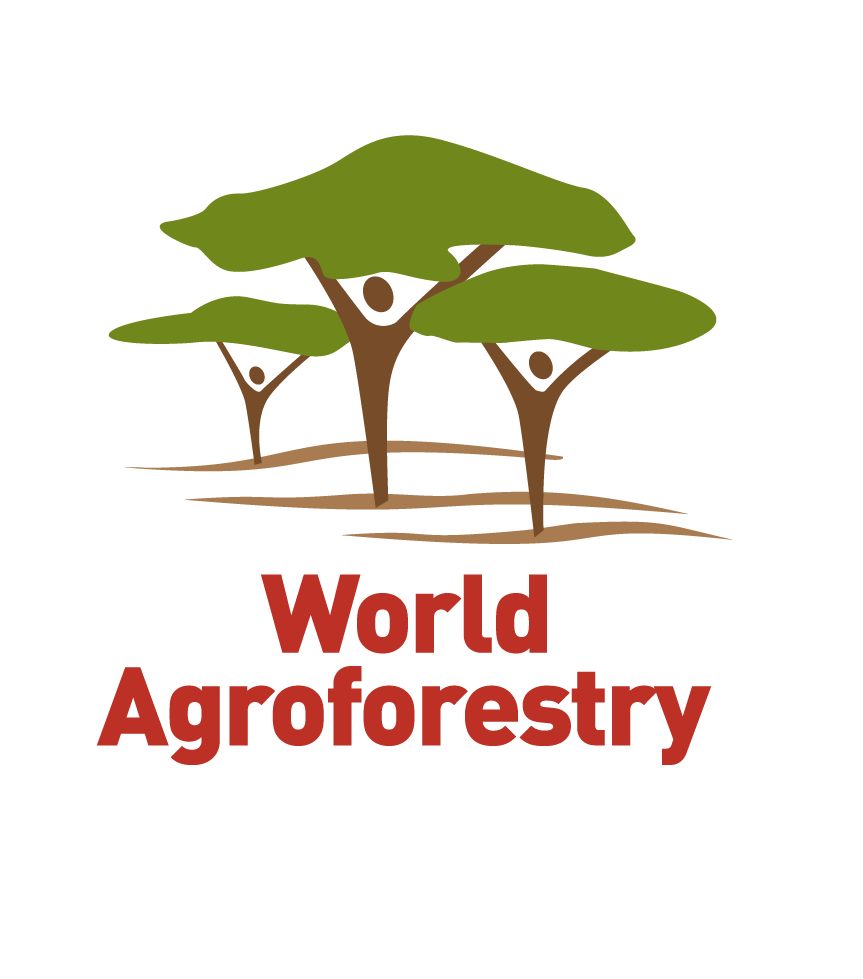Related Links
Local names:
Afrikaans (peulmahonie), Bemba (mupapa), English (chemnen,Rhodesian mahogany,pod mahogany,lucky bean tree,mahogany bean,afzelia), Lozi (mwande), Lunda (mwala), Nyanja (mkolando,mpapa), Swahili (mambakofi,mbambakofi,mbarika,mkomge,mkongo,mkumbakusi,mbemba
Afzelia quanzensis is a deep-rooted, deciduous tree, 4-24 (35 max.) m high, with a huge, spreading crown; straight trunk up to about 1 m in diameter; bark quite smooth, grey-green or creamy-brown to pale grey, seamed crosswise or beautifully patterned with raised rings that flake off irregularly in circular patches. New foliage is copper coloured and glossy, becoming dark green with age; leaves alternate, 30 cm long, divided once, made up of 4-7 pairs of oval or elliptic leaflets, usually about 4-13 x 3-7 cm, shiny, smooth, with wavy edges, borne on very short stalks that are twisted and swollen at the junction with the twig; apex generally rounded or obtuse and slightly notched; base cuneate or rounded. Buds long, green, well-shaped, in rather short terminal racemes, opening into fragrant flowers that have 4 green, boat-shaped sepals 0.9-1.7 cm long, from which protrudes a single flaring, orange-red petal with yellow veining, which is bilobed, up to 2.5 cm long (other petals are reduced to small scales); stamens puffy, long and white. Only 1 flower head opens at a time. Fruit large, thick, hard, smooth, dark brown, flat, woody pod, usually up to about 12-23 (30 max.) cm long, 5-10 cm wide, 1.9 cm thick; 6-10 seeds, hard, shiny, oblong, black beans, with a red or orange aril. ‘Afzelia’ is named after Adam Afzelius of Uppsala, Sweden, who lived in Sierra Leone; ‘quanzensis’ is named after the Cuanza River in Angola.
Ecology
A. quanzensis occurs from Somalia in the north to Kwazulu Natal in the south and is mainly found in the coastal region in Kenya. It grows in low-lying woodland, dry deciduous or sandveld forests, dense bushland, around lake basins or at edges of dry evergreen forests. It is normally the dominant species when it occurs in areas with deep sandy soils. A. quanzensis is very drought resistant but frost sensitive and slow growing in colder areas. Most of the largest specimens of this tree have been felled and cut up for railway sleepers. It is now a protected tree in South Africa.
Native range
Angola, Botswana, Kenya, Mozambique, Somalia, South Africa, Swaziland, Tanzania, Zambia, Zimbabwe
Tree management
Now rare, A. quanzensis merits extensive replanting in coastal districts. It is fast growing when young, with growth rates about 50-60 cm/year. In about 7 years a tree with a good shape, an attractive thick stem and a spreading crown can be obtained.
Extracted seeds can be dried in the sun to 6-10% mc before storing. Mature and properly dried seeds can be stored in airtight containers at 3 deg. C. in a cold store for several years. Seeds 10 years old may germinate, but their viability will have decreased to at most 30%. On average there are about 250-480 seeds/kg.
A. quanzensis occurs from Somalia in the north to Kwazulu Natal in the south and is mainly found in the coastal region in Kenya. It grows in low-lying woodland, dry deciduous or sandveld forests, dense bushland, around lake basins or at edges of dry evergreen forests. It is normally the dominant species when it occurs in areas with deep sandy soils. A. quanzensis is very drought resistant but frost sensitive and slow growing in colder areas. Most of the largest specimens of this tree have been felled and cut up for railway sleepers. It is now a protected tree in South Africa.
Fruit should be collected immediately after it turns from green to brown-black, using lopping shears to cut the pods from the trees. Presowing treatment is not necessary. Seeds germinate easily and evenly within 11-28 days; the expected germination rate of mature and healthy lots under ideal conditions is over 90%. The aril should be removed, and nicking any side of the seed may hasten germination. The seeds are sown in flat seedling trays with a 5:1 mixture of river sand and compost. Seeds are pressed into the mixture until they are flush with the surface and kept moist. Seedlings are out-planted when they reach the 2-leaf stage; they must be protected from cold wind for the 1st 2 seasons.
A. quanzensis leaves are eaten as a vegetable.
The bark and leaves are eaten by elephants, and the leaves are browsed by eland and grey duiker. Dropped flowers also are eaten by game.
Timber: Sapwood is pale brown, and heartwood is dark reddish-brown with paler patches. The wood is hard and easy to work; it polishes well, is durable, resistant to termites and borers on the ground and teredo in seawater. It can be used for construction of doors, shutters, general outdoor joinery, furniture, wagons, railway sleepers, musical instruments and in boat building.
Shade or shelter: The huge, spreading crown provides good shade.
Medicine: Roots provide medicine against gonorrhoea, chest pains, kidney problems, bilharzia, eye problems and snakebite. They can be chewed as an aphrodisiac. A mixture of pounded bark and python fat is applied on eczematous spots of the skin, and a small piece of bark is applied to an aching tooth.
Ornamental: A. quanzensis is a handsome tree that can be planted in gardens and parks, and it is one of the best indigenous species for bonsai.
Other services: Bark of trees is used as a hunting charm.
